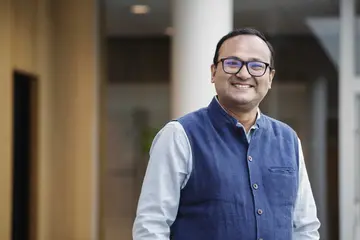Today, the proposed combination of the legacy companies Novozymes and Chr. Hansen is successfully completed, establishing the company Novonesis. Novonesis is a world-leading biosolutions partner for better business, healthier lives, and a healthier planet. The combined company brings together 10,000 people worldwide and an expertise that spans more than 30 different industries. Novonesis is already assisting companies around the world in meeting both business needs and the needs of the planet.













